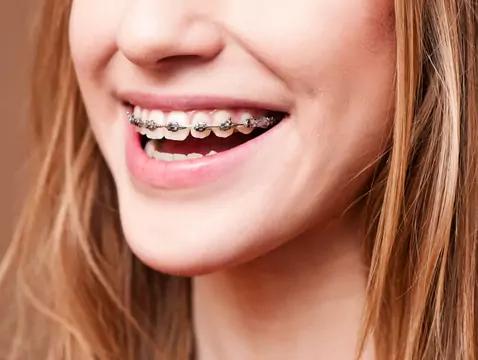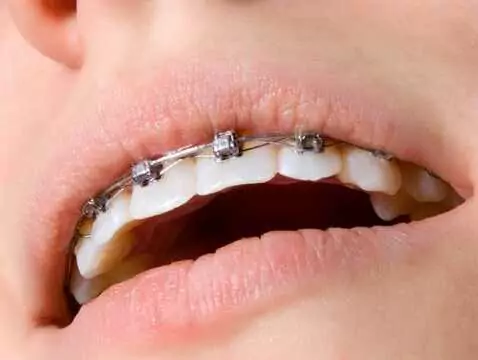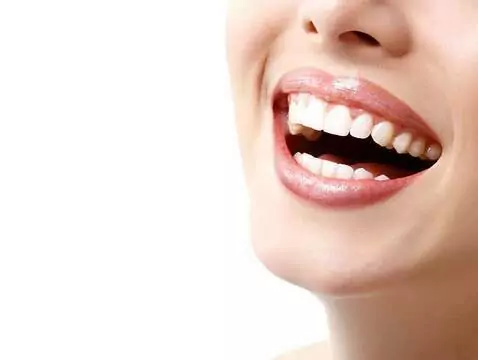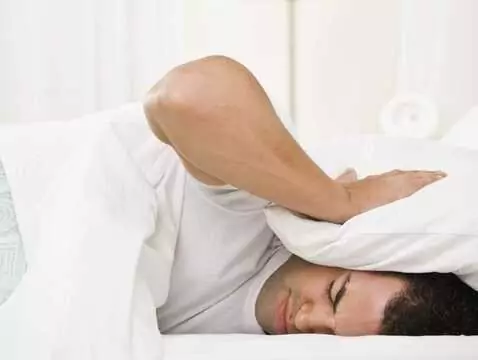Everyone wants healthy and straight teeth, which is why braces have now become very common. In addition to traditional fixed braces, there are also removable braces - fitted mainly at night. Is it for everyone, what are its advantages and disadvantages and can it be obtained as part of free orthodontic treatment?
Ad:
Braces worn at night
You can read this text in 3 min.

PantherMedia
Braces for children's teeth







